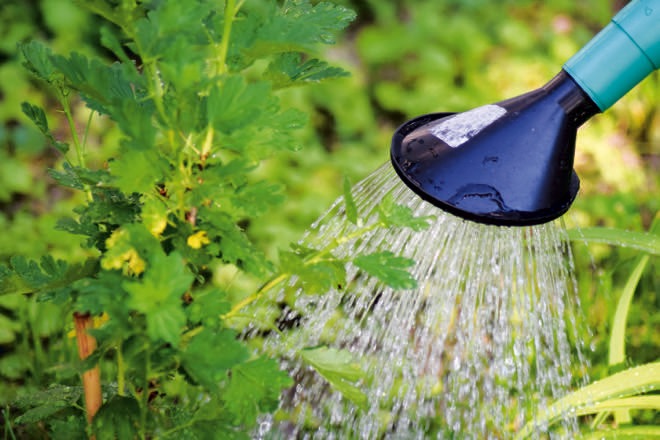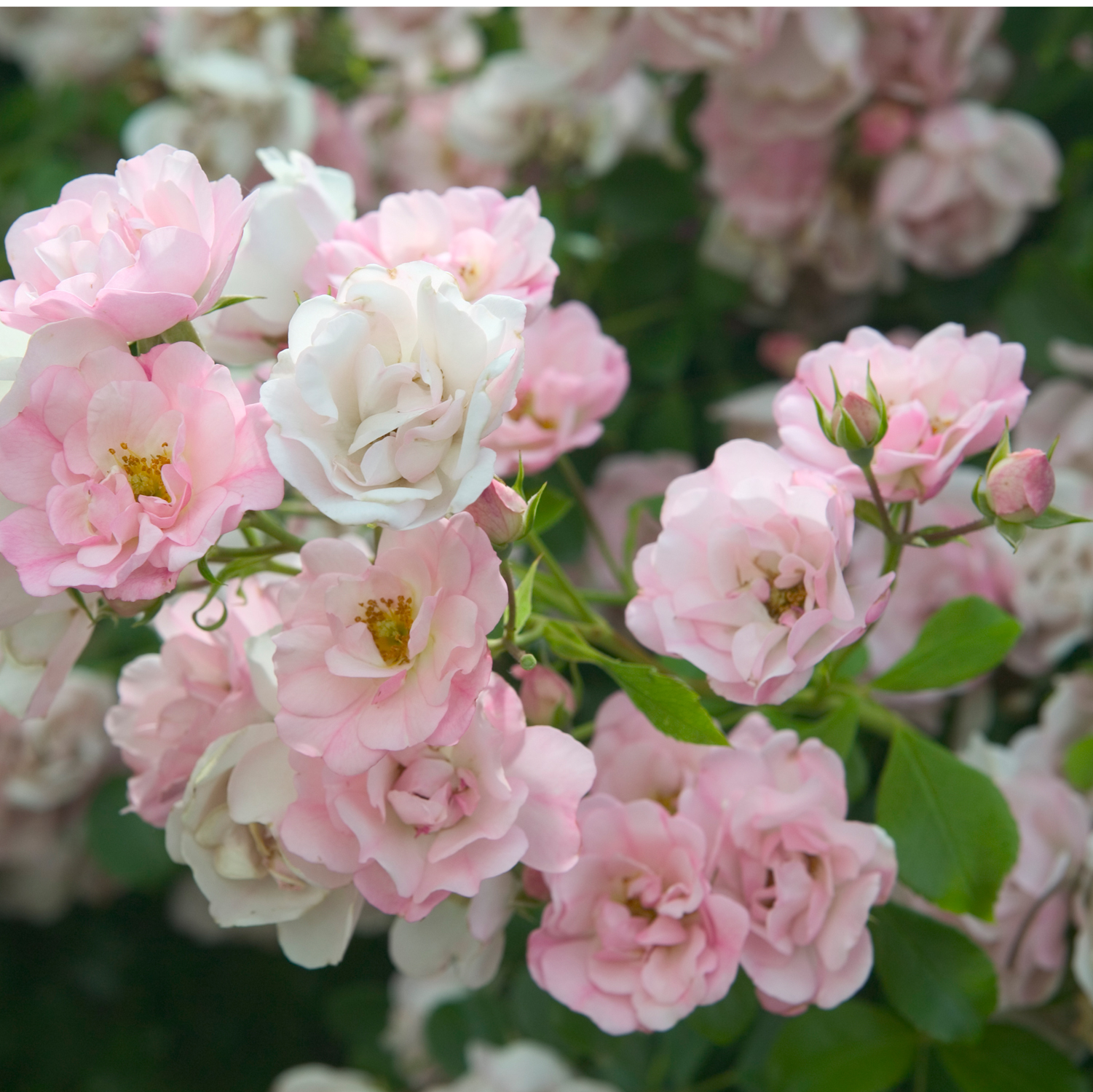This month, you’ll start to feel an autumn chill in the late afternoon as night temperatures fall. In tropical areas, the humidity has passed along with the wet season.
Cool & Temperate
Vegies
- Save seeds to replant in spring. Store in an envelope or paper bag in an airtight container. Label each seed packet with the name and date.
- Although summer stalwarts such as beans, tomatoes and cucumbers may be ending, autumn has its bounty of mushrooms and pumpkins. Early crops of snow peas are also ready to pick.
- To harvest pumpkins to store through winter, pick the fruit with some stem attached. Check the pumpkin carefully for damage, which can lead to rot and make the fruit unsuited to storage. Store pumpkins in dark, airy, cool spaces. Check regularly.
- In warmer zones, tomatoes may still be producing fruit throughout autumn, but in cold zones green tomatoes will fail to ripen. Early frosts will also destroy tender crops such as tomato, pumpkin, zucchini and cucumber. Use any green tomatoes that remain on the bushes to make relish.
- Continue to clear away summer crops to make way for autumn plantings of brassicas and peas. Also, plant onions, spring onions and shallots in well-drained beds.
Fruit trees
- Citrus continue to shine in the orchard with mandarin, lemon, lime and grapefruit ripening well. If the season is dry, deeply water citrus trees weekly. Pay particular attention to oranges, which are prone to split with irregular water. Keep the area under citrus weed-free. Cover the soil with a thin layer of mulch once the grasses and weeds have been cleared.
- Also ready for harvest are Chinese gooseberries, better known as kiwifruit. Chokos, too, are bountiful and at their most tender if picked small. Vines can be cut down by winter frost. If you have too many, see last issue for a delicious choko pickle.
- Ripe apples detach readily from the tree. Store unblemished fruits in a cool, dark space, taking care that the fruit isn’t touching as this can lead to rot. Always check stored fruit regularly and remove any that are beginning to deteriorate.
- This is a good time to survey what’s ripe and extend the harvest by adding late-maturing varieties.
Compost and soil
- In cool and temperate gardens with plenty of deciduous trees, this is the time of the year for the home composter to rejoice as autumn leaves begin to fall. Prepare to make the most of fallen leaves (including those that fall in gutters) by erecting leaf bins using star pickets and chicken wire. These open bins can be filled over the months ahead.
- As fresh leaves are added, hose the leaves to keep them moist to help them break down into nutritious leaf mould, which can be worked into soils in spring and summer. To make the job of raking up fallen leaves easier and quicker, use a wide leaf rake with good-quality tines.
- An alternative to the chicken-wire leaf bin is a leaf sack (made from sacking) or a large garbage bag with holes punched in it.
- As plants die back or are removed, cover areas of bare soil with compost, well-chopped leaves or organic mulch to prevent weeds from germinating. Alternatively, sow a green manure crop to grow through winter to help naturally enrich the soil.
Tropical
Vegies
- Water leafy crops such as lettuce and herbs each day to keep them growing and producing edible leaves. Herbs such as coriander and basil can bolt to flower and seed if they are allowed to become stressed from lack of water or nourishment, or if they are exposed to hot sun as they grow. Many vegetables benefit from light shadecloth, a trellis or the shelter of trees to keep them from drying out.
- This is a good time to put in a crop of potatoes to harvest before the wet season returns. Plant the tubers into well-drained soil, gradually covering the shoots as they appear, to encourage lots of tubers to form. Potatoes respond to regular watering by producing larger tubers.
- Also plant onion, spring onion, parsnip, peas, radish, silverbeet, tomato and swede. In tropical zones, it’s also safe to plant sweet potato, sweet corn and zucchini now.
Fruit
- Continue to harvest avocados. If there’s room, extend your harvest by planting late-maturing varieties such as Hass, which crop from winter to spring. Where space is at a premium, look for dwarf, grafted plants.
- Allow chooks to forage around fruit trees, or rake up the debris to add to compost. Poultry dispatch fallen fruit but also clean up pests, so having access between the chook run and the orchard makes good sense.
- Consider planting more climbing fruiting plants to bring extra shade to gardens or protect from full sun. Passionfruit, tropical grapes and monstera are a few shady options.
- Also look at fruiting options for other features such as hedges. The jaboticaba is an evergreen shrub that can be used as a fruiting hedge. It produces plum-like fruit throughout the year following flushes of flowers.
Compost & Soil
- Raised beds, which are a boon during the wet season, may need more frequent watering during the dry season. Compost, too, may need to be moistened to aid decomposition. It should be damp, not soaking wet.
- Always chop woody and leafy material well before adding it to the compost heap as this assists rapid breakdown. Large fallen leaves can be easily mulched into smaller pieces by using the lawn mower. Gather them in the catcher to be added to the compost or directly spread on garden beds.
- If the compost appears ready to use but still contains some uncomposted material such as orange skins or woody material, simply chop these pieces up using the spade and return them to the compost heap to break down further.
- To aid decomposition, turn the heap (that is, dig it over or transfer the pile to an adjacent site) and add poultry manure.
Written by Jennifer Stackhouse
Originally from Good Organic Gardening Volume 7 Issue 6














